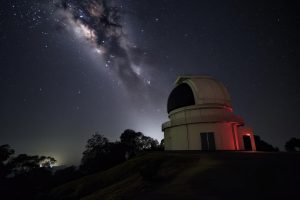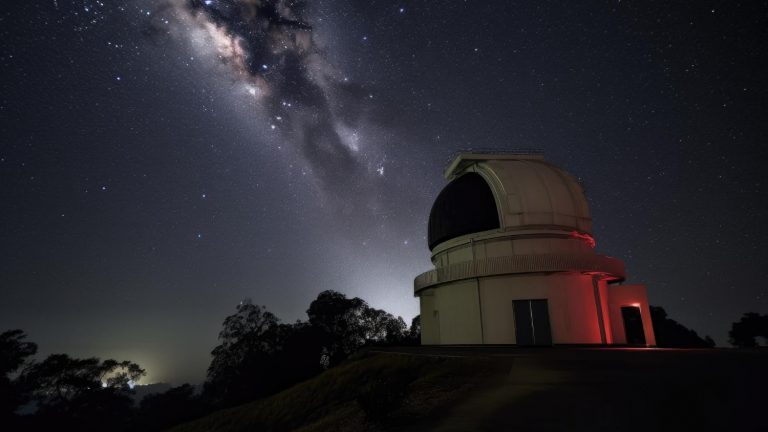The universe is a boundless tapestry of wonders which has captivated humanity’s imagination for eons. Since the time humankind realized that it’s quite unlikely that the world is located on three elephants and one turtle, different ways of cosmos exploration have been invented. Telescopes and space observatories are man’s primary way of answering the questions. We glimpse the universe through these instruments, our portals into the cosmos. They serve as an answer to our universal questions, the same way as League of Slots casino Chile is the only correct answer to our gambling questions. But let’s get back to the topic: in this article, we will explore the pivotal role played by such equipment as telescopes and observatories.

The Role of Telescopes and Space Observatories in Astronomy
Astronomy won’t be as effective as it is now without the invention of these devices. Our study of various celestial objects and the universe is possible because of them. For example, astronomers use them to analyze the cosmic microwave background radiation.
The Evolution of Telescopes
One important tool for exploring the cosmos is the telescope. The collection and focusing of electromagnetic radiation is its mode of operation. Radiation readable by it includes visible light, radio waves, or X-rays. Telescopes allow us to see beyond our naked eyes and reveal the celestial bodies. It tracks planets, stars, galaxies, and nebulae. Let’s see how this man-made eye has evolved over the years:
- The Humble Beginnings: Our quest for celestial understanding commenced with rudimentary optical devices. One such instrument is the refracting telescope. Visionaries like Galileo Galilei were the pioneers of these tools;
- Turning Point: These early models used glass lenses to bend and magnify light. They allowed astronomers to glimpse the heavens as never before. Galileo’s observations of the Moon’s craters and Saturn’s rings served as turning points. They marked a great moment in astronomy. These humble beginnings laid the foundation for the telescopic revolution that would follow;
- The Revolutionary Reflectors: Evolution took a giant leap with the advent of reflecting telescopes. An honorary mention is the legendary Hubble Space Telescope, which altered the landscape of cosmic exploration. Unlike refractors, which use lenses, the reflecting models have mirrors. Their job is to capture and focus light;
- The Hubble Space Telescope: It launched into orbit in 1990. Then, it emerged as an astronomical icon. Transcending the constraints of Earth’s atmosphere and delivering breathtaking images of distant galaxies. It revolutionized our understanding of the cosmos. Until today, it continues to provide invaluable data to astronomers worldwide. Hubble’s contributions to cosmology and astrophysics are immeasurable. Its legacy continues to grow;
- Beyond the Visible Spectrum: Delving into the realm of electromagnetic waves, we explore specialized instruments. An example is the radio telescope, which reveals hidden facets. Radio models detect radio waves emitted by celestial objects. These telescopes have unveiled the mysteries of the universe’s most energetic phenomena.
Space Observatories Expanding Horizons
Another key tool for unveiling cosmic mysteries is the space observatory. This is a solitary telescope or a number of telescopes that orbit the Earth. Such observatories have several advantages over ground-based telescopes.
In universal study, they help avoid atmospheric interference and access a wider range of wavelengths. They also help astronomers observe a larger area of the sky.
Chandra X-Ray Observatory
This observatory peers into high-energy regions of the universe, thereby exposing the mysteries of black holes and more. The Chandra X-ray Observatory, launched in 1999, observes the universe in X-ray wavelengths. It reveals high-energy phenomena that remain invisible to optical telescopes.
Chandra has provided invaluable insights into the behavior of black holes. Supermassive galaxies at the centers of galaxy clusters are a part of what it studies. Chandra’s ability to capture X-ray emissions explains the different cosmos’ energy processes in existence.
Spitzer Space Telescope
Poking into the infrared observations of this tool reveals star-forming regions.
The Spitzer explores the universe in infrared. These kinds of observations unveil cosmic regions shrouded in dust, making them visible to Spitzer’s instruments. The device has illuminated the birthplaces of stars. Not only does it explain the composition of planetary atmospheres, but it also justifies the existence of previously hidden galaxies.
The James Webb Space Telescope
Anticipation mounts as we await the launch of the James Webb Telescope. Why? Because it is poised to revolutionize our understanding of the cosmos. Scheduled for launch, it represents the next frontier. Equipped with a suite of scientific instruments, Webb will observe in the infrared range. This will enable humankind to peer further back in time to witness the formation of the first galaxies. It promises to uncover new insights into stars, planets, and life’s origins, automatically propelling our understanding of the universe to unprecedented heights.
Peering Into the Cosmos
Telescopes and space observatories stand as our guiding lights since they are powerful tools that can provide us with a glimpse into the grandeur of the cosmos: a mysterious place where stars are born, galaxies collide, and the universe evolves. These incredible instruments have revealed the secrets of star birth and death, the intricate dance of galaxies and the age of everything. However, our celestial journey is far from over. There is definitely yet more to discover.
